What You Should Know About Chamois Cream
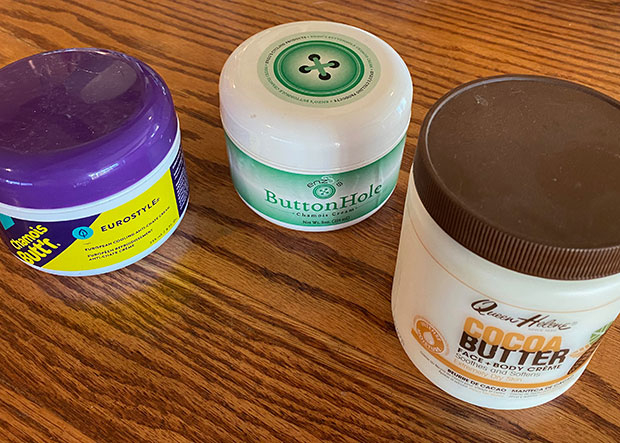
Chamois cream has outlived the chamois. The technology behind the name died, but the name survives. I need to tell you first what a chamois is, or was, before we get to chamois cream.
When I began cycling wool was the preferred fabric for cycling jerseys and shorts; we nailed our cleats – yes, with a little cobbler's hammer – to the bottoms of our cycling shoes; and inside that cycling short was a chamois. Now…
…As to that chamois (pronounced shammy): There is a kind of goat or antelope that lives in Europe’s remote mountains called a chamois. The manufactured thing we call a chamois is in homage to the leather of that animal. When I was a kid, and I had as a chore to wash the family’s Ford Country Squire station wagon, or the Ford Galaxy 500 (both mid 60s), I dried off these vehicles with a chamois.
In cycling, something very much like this car-drying chamois was sewn into wool shorts, and this is what we rode on. Wool shorts, absorbent leather sewn inside, on a Brooks leather saddle. That was cycling. You can see why we needed a little something extra, and chamois cream was that extra.
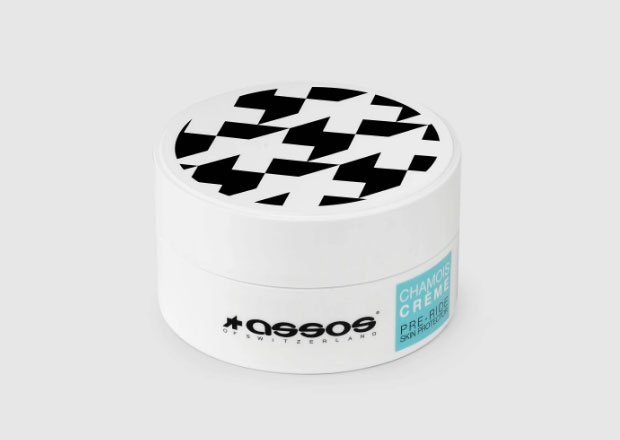
Today we call it a pad, not a chamois, because we don’t make the pads out of leather anymore (just like our saddle uppers are rarely made of leather these days). But we still call it chamois cream. Is chamois cream still necessary? Is it compatible with today’s pads? And, between the $.30 an ounce, and the $5.00 an ounce, price tags for these products is there a meaningful difference worth the 16-fold price jump between barely acceptable and top-of-the-heap?
Purpose
Chamois cream is designed to provide the following benefits. The primary duty is lubrication. It’s not just lubrication between you and the pad in your tri or cycling shorts; it’s lubrication between you and you. Parts of your skin rub against other parts of your skin when you ride. You abrade yourself. Chamois cream forestalls that happening.
Proper chamois cream – as opposed to “works like” chamois cream but isn’t chamois cream – also has ingredients that guard against bacterial infection. If you spend a lot of time in the saddle, and you abrade away your skin because not everything works as it should (a nettlesome seam in the pad or the short), the area where you sit on the saddle is a germ factory.
These two points above are the idea behind chamois cream and, yes, you can use chamois cream in today’s modern pads. This is because, while chamois cream may have oils and butters and paraffin, chamois cream as a complete product is pretty much water soluble. In many or most chamois creams water is the number-1 ingredient.
The more easily the chamois cream you use washes out of your cycling shorts, the better it is for your shorts. For this reason and others I absolutely never use a petroleum based lubricant as a proxy for chamois cream. It is so hard to get Vaseline off of a garment, this is the one thing that would void your warranty when I was a manufacturer: If you sent us a wetsuit to be repaired with this lubricant all over it, we boxed it up and sent it right back to you.
How much to use?
A healthy amount. Don’t scrimp. Lube up. Imagine, when you were a kid, taking two fingers and scooping enough icing out of the mixing bowl to satisfy your sweet tooth. In my opinion, if you have a hard time justifying the use of that much chamois cream because of how quickly a $20 jar of it will disappear, move to a less hoity toity brand (which we’ll discuss below). Better to use a cream that is less your ideal – but meets the miminum standard – so that you can use a proper amount for each ride.
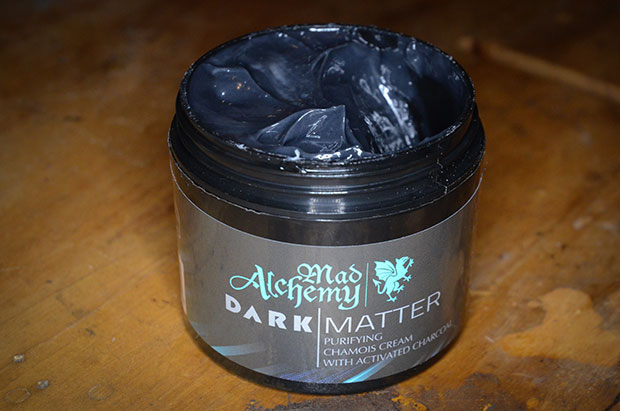
Indoor?
I use chamois cream whether I’m riding indoor or outdoor, but it’s more an imperative if I’m riding a longer distance. Honestly, if I’m riding less than an hour I may forego chamois cream. If I’m riding 3 hours or more, chamois cream is a certainty. Somewhere in there is the break-even. But I’m more likely than not to use chamois cream on every ride lasting over an hour, indoor or outdoor.
Tri position?
In my opinion and experience chamois cream is even more beneficial for tri position riding, because the friction possibilities – between you and the pad, and you and yourself, skin-on-skin – are increased. That 60-minute rule above is obliterated once I’m on a tri bike. it’s more like the 60-second rule. I’ve on in the aero position for more than a minute, it’s chamois cream.
But this creates a conundrum. If what you want is a water-soluble product, and you want chamois cream during the ride while in a race, will chamois cream survive the swim? Kinda. I put a lot of chamois cream down there before the swim, and the wetsuit is only marginally good at keeping it in there. If I was racing a 70.3 or longer I’d have a tube of chamois cream in transition and would reapply after the swim. That might not be an attractive sight to anyone looking on but, well, this is triathlon, not beanbag.
Eurostyle?
This is code for party-in-your-pants. Certain chamois creams have witch hazel or menthol. You’ll know immediately if you’re applying a eurostyle chamois cream. Some brands offer both: Chamois Butt'r, for example. If you take a look at pic highest above, of the 3 tubs, one is Chamois Butt’r eurostyle, and the other is Buttonhole. To my taste, Buttonhole (the favorite of many) is a little heavy on the menthol, or maybe it’s just menthol I find a bit overwhelming. Chamois Butt’r uses witch hazel. You can also get Buttonhole without the pants party, and this chamois cream is high quality and a little easier on the pocketbook than certain other brands.
My instinct told me that women would not prefer euro style chamois butter but my instinct was wrong. I polled a lot of women on this, experienced cyclists who were users of chamois cream, and I did not find any difference between the genders as to what percentage preferred regular versus eurostyle.
Brands
I have not tried every brand; not even close. My first chamois cream experience was Assos, eurostyle, and as usual Assos is both pricey and worth it.
Then I moved to Chamois Butt’r, and I’ve used both eurostyle and regular and I have no quarrel with either. Each delivers the goods.
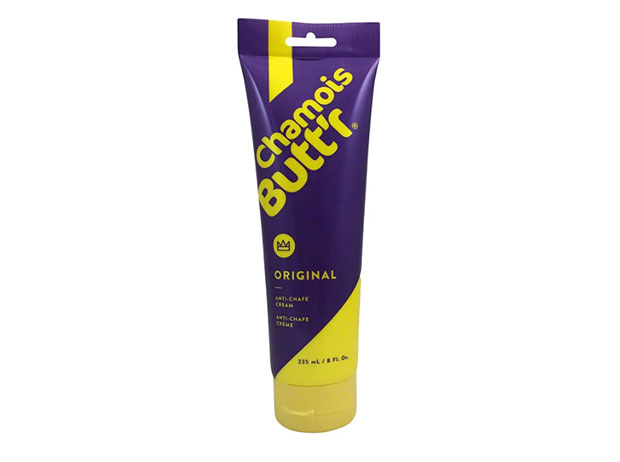
One of our bike fit instructors who rides an awful lot, Matt Hill, (you’ll also see his articles here) has as his personal fave Mad Alchemy Dark Matter. Activated charcoal is the hook here – it “can absorb many times its own weight in toxins.” This chamois cream is among the most expensive, and once you get into the typical highest-quality, chamois creams you’re looking at $20 or more for a tub which contains between 4 and 5 ounces. Assos, Mad Alchemy, and other brands are all in this general territory. The best values in chamois creams is a moving target, but Chamois Butt’r is a reliable value and as of this moment UndrBudr is pretty good.
There is also Gooch Guard, Zevlin, Veloskin, DZ Nuts, Silca, Endura, Muc-Off makes chamois cream and I’m sure I’ve not even listed half of them. The only thing I will say is that I only buy chamois cream in reasonably large containers. I’m trying to use less plastic, and it seems really wasteful to me for chamois cream to come in individual plastic “servings.” I favor the tub; but I’m fine with the tube (pictured above); the tube is best if you share; but the container must deliver 4oz or more or I’m not buying it.
Bargain
I have not used diaper cream, rash cream or any of those kinds of products as chamois cream stand-ins. What I have done is look at the starter ingredients of those who’ve tried to home brew chamois cream, and one of the popular base starter products is Queen Helene Cocoa Butter. This stuff is really cheap. It’s $5 for double or triple the quantity you pay $20 for when you buy best-quality purpose-made chamois cream. But it’s not creamy like actual chamois cream. Imagine sticking your fingers into a tub of refrigerated margarine – it’s about that consistency. (Chamois cream is like sticking your fingers in margarine you left out on the counter overnight.) But when Queen Helene Cocoa Butter is applied it pretty quickly liquifies. So, while this product – not “solid”, not “hand and body lotion”, not “body oil” – which is the Face and Body Crème, is a common starter base for home brew chamois cream, it’s pretty darned good as-is.
I have not tried Bag Balm. This has been around for 120-plus years, and the original use was to solve the problem of chafed cow udders. I’ve been hearing about Bag Balm for as long as I’ve been riding and by-volume you can get at least double, up to quadruple, the amount versus what you’d spend on top-cabin chamois cream. My reticence is that the ingredients sit in a lanolin and petroleum jelly base. I’m okay with lanolin. This is a typical ingredient in chamois creams, though some sensitive to animal rights issues may find this problematic as it is derived from wool-bearing animals. But for whatever reason I don’t find products with lanolin a problem to wash out of my garments, but I have a heck of a time with petroleum jellies.
But let me backtrack and prohibitively un-harsh on petroleum jellies if they are a component of an emulsion. It doesn’t take much Googling to find patents from the 1980s forward on processes for emulsifying petroleum jelly for use in skin care products. In this case – if aqueous forms of petroleum jelly are water soluble – I could imagine their use in a chamois cream.
What I don’t know about chamois creams is legion. In fact, if there’s anything I do know, you now know it too. The most important thing to know about chamois cream is that it will solve some portion of your saddle problems. In tri, in particular, it won't make a bad tri saddle into a good one, but it'll take a good bit of the edge off.



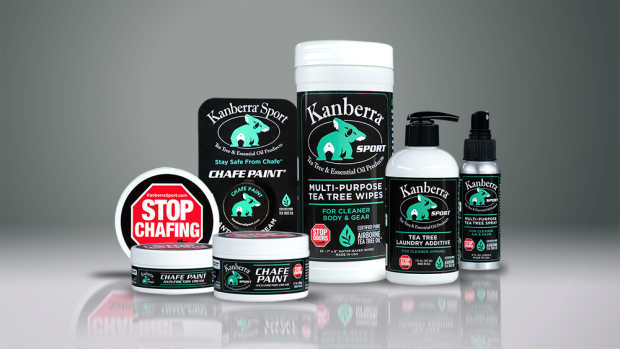
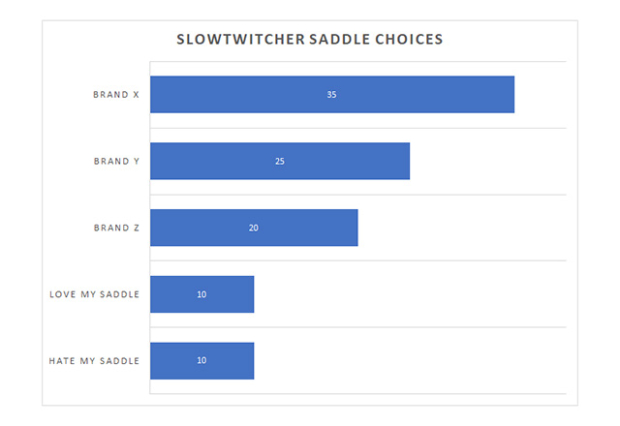
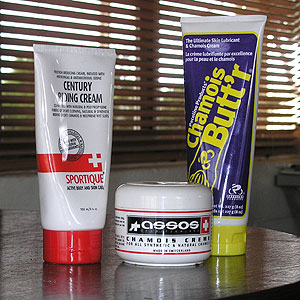

Start the discussion at forum.slowtwitch.com